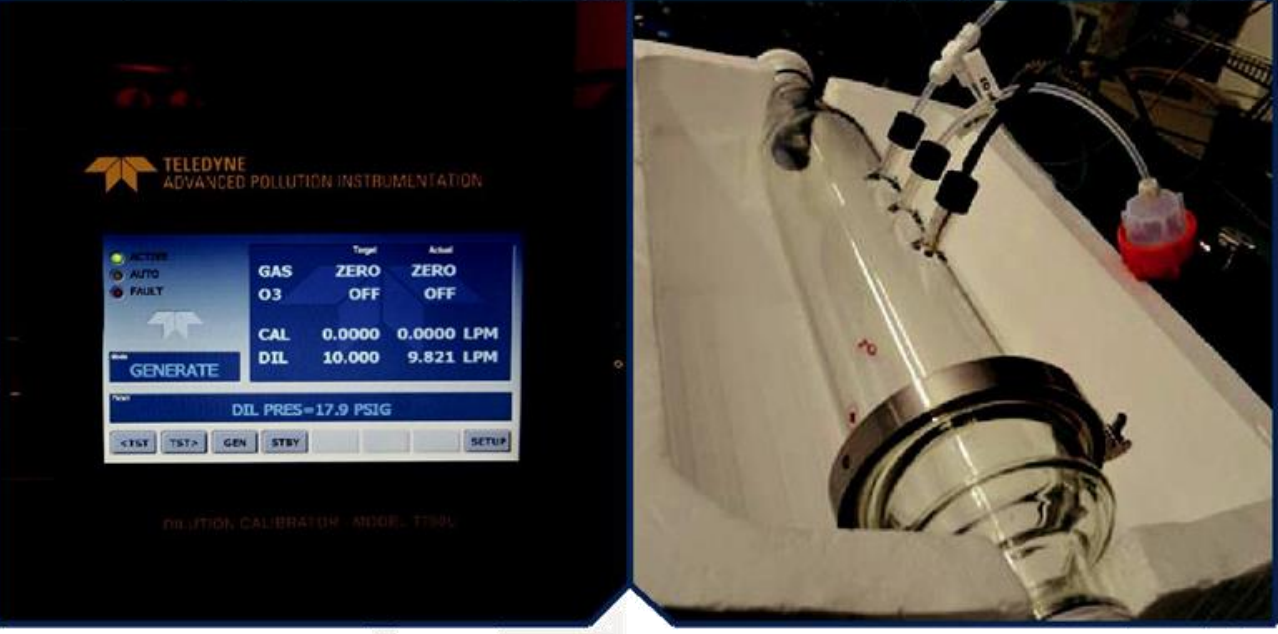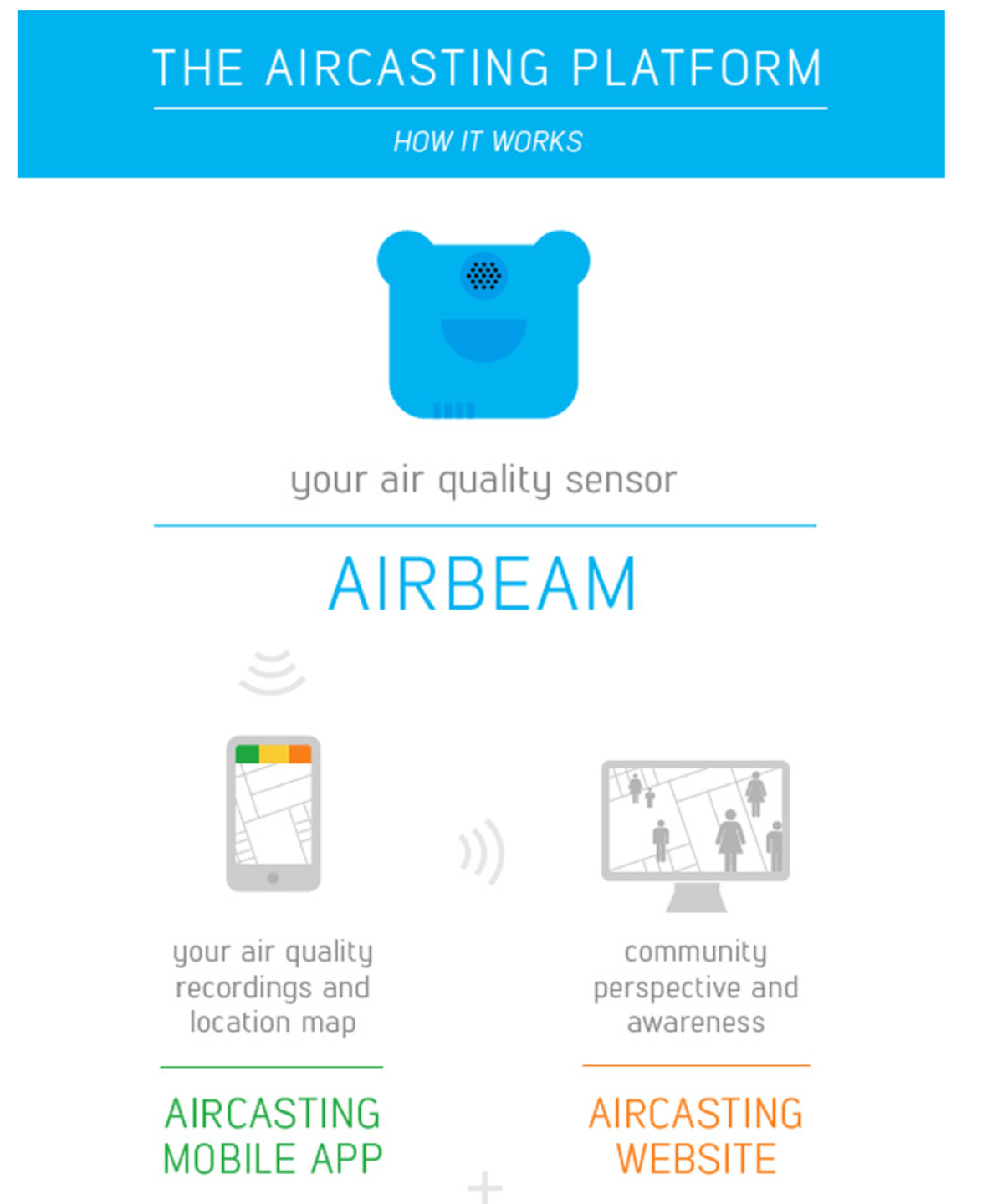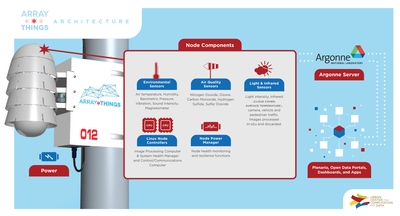A Brief History of Air Quality Sensing
Handheld, low-cost sensors are being developed, sold, and used by tens of thousands of people seeking to measure the quality of the air they breathe. This timeline traces the important and pivotal events shaping air sensor evolution.
This historical timeline was created by TD Environmental. Thanks go to Ron Williams (EPA), Michael Heimbinder (HabitatMap), and Andrea Polidori (AQ-SPEC program) for their input.
1800s to 1900s – Canaries save lives
Canaries in coal mines provided advanced warning of toxic gases. These living, mobile, handheld sensors saved countless lives of miners by detecting high concentrations of carbon dioxide, carbon monoxide, and methane. These small birds played an important part of mining safety and retired from mining the mid-1980s.
1937 – Portable device for air sensing released
Drager develops first portable tube for detecting carbon monoxide for the mining industry. Today, Drager tubes detect 100s of different gases. The tubes are glass vials filled with a chemical reagent that reacts to a specific chemical or family of chemicals. A sample of air drawn into the tube changes the tube’s color when the targeted chemical(s) are detected. The length of the color change typically indicates the measured concentration.
1999 – Internet of Thing predictions
“In the next century, planet earth will don an electronic skin….of millions of embedded electronic measuring devices: thermostats, pressure gauges, pollution detectors, cameras, microphones, glucose sensors, EKGs, electroencephalographs. These will probe and monitor cities and endangered species, the atmosphere, our ships, highways and fleets of trucks, our conversations, our bodies–even our dreams.” – Neil Gross.
2008 – Air sensing pod used by communities
CommonSense program by Intel Berkeley built a mobile sensing pod that measured pollutants using low-cost sensors. Researchers designed and deployed handheld monitors with citizens and on street sweepers in the San Francisco Bay area. There was a strong focus on user-centered design and work with community groups.
2011 – Crowdsourced radiation data makes an impact
Safecast started in response to the meltdown of the Fukushima Daiichi Nuclear Power Plant in Japan. Where a group of volunteers quickly began monitoring, collecting, and openly sharing information on environmental radiation. This voluntary effort quickly grew to participants and geographic coverage and provided valuable and actionable information. Safecast’s approach of open data, devoted volunteer network, quality measurements, and agile development have helped it to continue to flourish today and to expand to other pollutants and areas.
2013 – EPA determines accuracy of air sensors
U.S EPA starts the first independent evaluation of seven low-cost air quality sensors in their laboratories in Research Triangle Park, NC. Results of the assessments are published and shed light on the performance of these devices.
2013 – Good advice and tips provided by U.S. EPA
U.S. EPA releases the Air Sensor Guidebook – a practical guide to using air sensors for air quality monitoring. The guidebook provides practical information on types of pollutants, what to consider when buying air sensors, steps to collect useful data, how to assess performance, and more.
2014 – Open source PM sensor system launches
AirBeam, an open source air sensor system, was released by HabitatMap for personal monitoring for PM2.5. Users crowdsource data on the AirCasting app and website to vividly show a region’s particle levels. As of June 2017, over 1000 air beams are in use around the world.
2015 – 2016 – Startup and more startups
At a pace of almost one new company per week, startups seek to develop air quality sensor for the consumer market. You can buy air sensor systems for around $200 on Amazon. Many devices look beautiful with flashy apps, videos, and websites. While many of them look interesting, the accuracy and quality of the data often remains elusive.
2018 – Increasing focus on quality
Performance standards are being considered by the U.S. EPA to help provide clarity in a confused marketplace. China publishes their performance standards for particle and gas sensor systems that include laboratory and field evaluations. The EU is developing technical specifications for performance requirements and testing methods for low-cost gas sensors.
2019 – Mobile air sensing becomes mainstream.
A wide range of organizations from government agencies, to NGO (like EDF), and private companies begin using air sensors and mid-cost instruments to map air quality on a hyperlocal scale. With thousands of miles of roads in major cities, having more vehicles using lower-cost air sensors is the only viable way to sufficiently map air pollution.
2020 – Air pollution and COVID-19 reveals more inequity and importance of air quality
The worldwide pandemic, COVID-19, vividly revealed a number of air quality problems such as greater impacts among economically and environmentally disadvantaged communities. In addition, the economic shut down throughout the world revealed that air pollution can be improved by reducing the sources of emissions. Air sensors, both indoor and outdoor, are revealing the importance of understanding local air quality and the freshness of air inside buildings and outside where people are congregating, dining, socializing. The growth of the air sensor market will certainly increase as more people and organizations begin to consider the quality and the freshness of the air around them.
1974 – First PID for continuous sensing
Photoionization detector (PID) introduced as a hand-held instrument to detect leaks for Volatile Organic Compounds (VOCs). First introduced in 1974, early portable PIDs were bulky, heavy (9 lbs.), and had a separate hand-held probe and a controller carried by a shoulder strap. Today, with advances in electronics, batteries, and detectors, these devices are now small, portable and used widely in industrial hygiene applications. More about PIDs.
2006 – AIR project explores participatory sensing
Preemptive Media (a group of artists, activists, and technologists) created AIR – a portable air monitoring device that enabled people to find pollution hotspots in their neighborhood and urban environments. Equipped with GPS, digital compass, air sensors, and a digital display, participants carried the devices and view local readings on its display. The AIR devices regularly transmitted data to a website for real-time data visualization.
2012 – Low-cost sensor created by crowdfunding
Air Quality Egg funded via Kickstarter. Led by Pachube and Wicked Devices, over 900 people funded this project the produced 800 air quality sensing eggs. The eggs measured carbon monoxide, nitrogen dioxide, temperature, and humidity using low-cost sensors. This project created tremendous buzz, but the poor accuracy of the eggs frustrated and soured most users.
2012 – First U.S. meeting for low-cost air quality sensing
The U.S. EPA host the first comprehensive meeting, the Air Sensors for Air Pollution (ASAP) Workshop, on air quality sensors. This gathering brought together early industry leaders and linked community groups, researchers, industry, and regulators. The workshop helped set a path for EPA’s low-cost air sensor program.
2014 Game changing evaluation center launches
The South Coast Air Quality Management District in Los Angeles sets up a comprehensive evaluation center for air sensors. Called the Air Quality Sensor Performance Evaluation Center (AQ-SPEC) it evaluates the accuracy and usability of commercially available, low-cost air quality sensors. They quickly publish the results on a public website. As of May 2017, the AQ-SPEC program evaluated 29 sensor systems.
2015 – U.S. EPA completes a 1-year field evaluation of air quality sensor systems.
Sensors measuring oxides of nitrogen, ozone, carbon monoxide, sulfur dioxide, and particles revealed highly variable performance when compared to a reference monitor.
2016 – A dense city network starts deployment
Array of Things begins deployment of 500 air quality sensor systems in Chicago. Led by Argonne National Laboratory and the University of Chicago, this NSF-funded project seeks to deploy a high-density network to monitor gaseous and particulate pollution.
2016 – 4-yr EU air sensor project engages citizens
CITI-SENSE (an EU project) finishes its air to develop tools is to involve citizens in assessments of air and environmental quality to empower them to participate in environmental governance. CITI-SENSE focused on conducting research, developing tools, evaluating air sensors, determine perceptions about air quality, and deploying over 300 air sensors in participating cities. It involved citizens in nine EU countries, required the agreement of many nation states on the technology, and included a large number of technology manufacturers.
2017 – Government proposes role for citizen science
Citizen science bills proposed in the U.S. House of Representative and the California Assembly Bill. A government interested in citizen science provides a pathway for air sensors to affect science and public policy. As stated in the California Bill: “The California Legislature finds and declares all of the following: Section 1, (b) Citizen science projects utilizing community monitoring with low-cost sensor technology will complement and enhance data collection for public health and environmental management goals.”
2018 – Weather company embraces air quality sensors
Weather Underground enables owners of PurpleAir sensors to contribute their data to Weather Underground, which will display sensor readings and maps on its website to provide high-resolution weather and air quality information


















